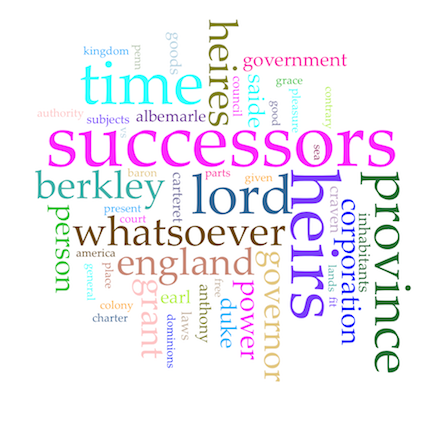The Project
Witchcraft and magic has been an enduring topic of scholarly inquiry for decades. Witchcraft in colonial British America should be studied within the context of the larger European witch craze, with particular emphasis on the witch trials in early modern England. Most scholarship focuses on the iconic witch trials of Salem, Massachusetts. Witchcraft formed an important part of every colonist’s daily life. Magic and witchcraft dominated the colonists’ understanding of the world, as it did in Europe. Colonists brought their beliefs in preternatural and supernatural with them to the New World.
This project attempts to understand how religion and beliefs about gender and witchcraft ensured the continuation of witchcraft accusations, trials, and executions in colonial America. While there are many different factors that contributed to the atmosphere that produced witchcraft accusations and trials, this project will focus on the influence of religion as it was practiced in the different colonies and how religion fostered or diminished the prevalence of witch trials. A variety of tools for textual analysis will be deployed to create a cohesive understanding of religion’s impact on colonial witch trials. These tools will provide new and interesting ways for examining primary sources to advance scholarship in the study of witchcraft and magic in colonial America. Each tool examines and presents primary sources when applicable. The main research question throughout this project is: How does religion influence each colony and how does that reflect through the spatial evidence? Do colonies with a charter-established religion experience the most cases? How does gender and religion intermingle to create an influence on witchcraft cases in the colonies? By identifying the cases in the colonies and interpreting those spatially, through time, and through examples of texts, it reveals an overall image of the colonies and the importance placed on religion and gender. Be sure to watch the video on the "Overview" page and explore the cases spatially and textually.
First watch the documentary video: Spells and Cases!


